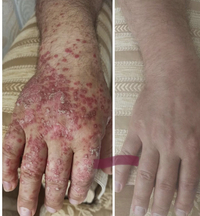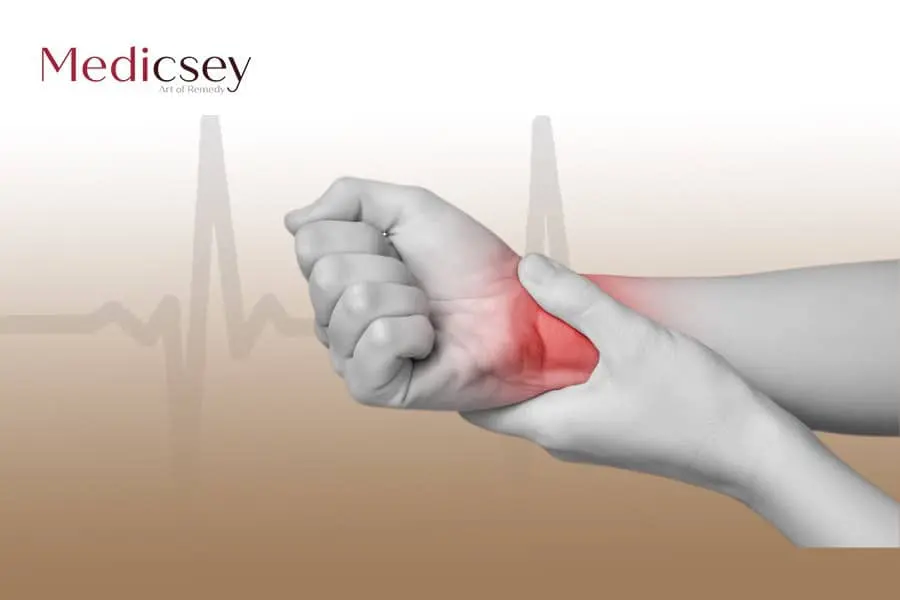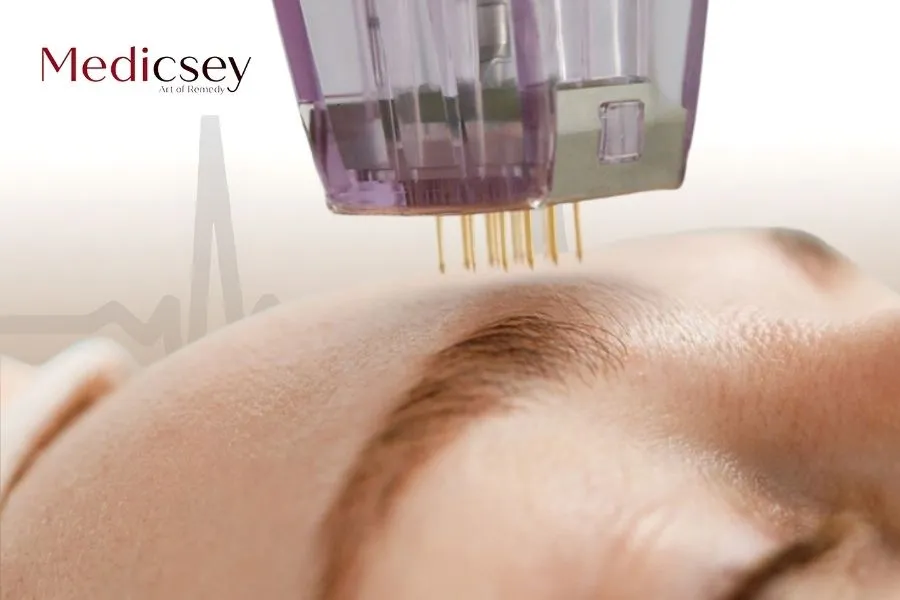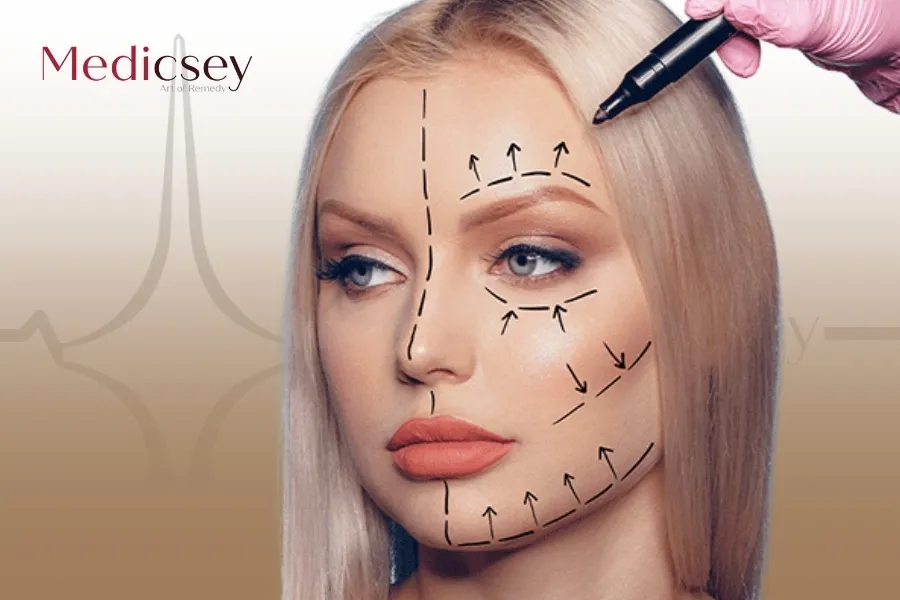Women are three times more likely to develop carpal tunnel syndrome than men because their carpal tunnels are smaller.
Table of Contents
Carpal tunnel syndrome
The carpal tunnel is like a narrow passage located at the base of the hand and consists of bones and ligaments, and contains several nerves, including the median nerve. And nine tendons are responsible for the curvature of the fingers.
Carpal tunnel syndrome occurs when the tunnel presses on the middle nerve, compression occurs when the tendons are irritated. This leads to pressure on the middle nerve and a feeling of tingling and pain.
The middle nerve usually compresses when the carpal tunnel is smaller than normal. Therefore, with any swelling of the tendons, it leads to compression of the nerve.
Symptoms of carpal tunnel syndrome
Symptoms are:
- Numbness of the hands at night.
- Numbness of the fingers due to compression of the median nerve on them.
- Feeling of pain.
- Atrophy of the muscles in the thumb area.
Causes and risk factors for carpal tunnel syndrome
When the carpal tunnel is too narrow, or when there is edema in the area caused by several factors, pressure is produced on the nerve. There are many causes and risk factors as follows:
Causes of carpal tunnel syndrome
There are many causes of carpal tunnel syndrome as follows:
- Bruising.
- Bleeding in the tunnel.
- Fracture of the bones that make up the bottom of the tunnel.
- Frequent activity that puts pressure on this area.
- Obesity.
- Laziness in the activity of the thyroid gland.
- Rheumatoid arthritis.
- Diabetes.
- Pregnancy.
Risk factors
There are certain factors that increase your risk of carpal tunnel syndrome, such as:
Gender: Women are more likely to be infected compared to men.
- Heredity: having a family member with carpal tunnel syndrome.
- Nature of work: Some professional jobs such as: hairdresser.
Diagnosis of carpal tunnel syndrome in Turkey
The diagnosis of carpal tunnel syndrome in Turkey is based on asking the patient about the medical and medication history, symptoms, physical examination and some tests.
Physical examination
The physical exam includes a thorough assessment of the hand and wrist and the doctor will check the following points during the physical examination:
- The extent of sensation in the nerves in the fingertips through touching the patient with a special instrument with the patient closing his eyes.
- Test the strength of the muscles in the thumb.
- Swelling of the wrist or hands.
Your doctor may perform a nerve damage test called a tennell test in which he or she clicks on the wrist above the median nerve.
Electrical Tests
These tests help to measure the efficiency of the median nerve, and check for severe pressure on the nerve, including:
- Electromyography test: This test checks the electrical activity in the muscles. It may appear if there is nerve or muscle damage.
- Nerve conduction tests: measure the signals that travel in the nerves of the arm of the hand. It detects whether the nerve is not working to deliver these signals well.
Imaging tests
Ultrasound: shows no signs of median nerve compression.
X-rays: Your doctor orders them to rule out other causes of wrist pain, such as ligament injuries, fractures or arthritis.
- Magnetic resonance: This test helps to look for the presence of abnormal tissue pressing on the median nerve. And exclude other causes of pain and numbness.
Carpal tunnel syndrome treatment in Turkey
Treatment aims to reduce pressure on the middle nerve, thus reducing symptoms, and treatment methods include:
Drug therapy
The doctor recommends drug therapy if the symptoms are mild and for a short period, including:
- Oral anti-inflammatories.
- Cortisone injections into the wrist.
- Pain relievers such as ibuprofen.
Surgical methods
Carpal tunnel surgery in Turkey is one of the effective treatments for carpal tunnel syndrome, especially in severe cases; it removes pressure on the nerve. Among the surgical methods we mention:
Carpal ligament resection: It aims to cut the transverse ligament that is located at the top of the carpal tunnel. This allows the middle nerve to pass through the tunnel without compression. Carpal ligament resection can be performed through open surgery or laparoscopic.
The patient may need opioid analgesics during the following days after surgery, and the doctor recommends physical therapy to restore normal wrist function. Patients can return to activities within several days.
Your doctor may recommend wrist splints to reduce wrist movement and thus reduce pressure on the nerve.
read more: knee replacement surgery in Turkey
Guidelines for carpal tunnel patients
There are some tips and guidelines for patients with carpal tunnel syndrome, most notably:
- Keep the wrist upright during sleep to prevent pressure on the nerve and carpal tunnel.
- Use tools that help keep the wrist in an upright position instead of bending it several times.
- Wearing gloves may help keep hands warm and flexible.
- Appropriate positions can be done during work that work to rest the wrist. Keeping it in the correct position, such as moving the keyboard when typing on it in a way that relaxes the wrist.
- Take periodic breaks and perform stretching exercises.
We have highlighted everything related to carpal tunnel syndrome treatment in Turkey. For more information about carpal tunnel syndrome treatment in Turkey. You can request a free and immediate consultation by the best orthopedic doctor in Turkey to provide the best results at the best acceptable prices.
read more: Hip replacement surgery in Turkey









.webp)


.webp)


.webp)